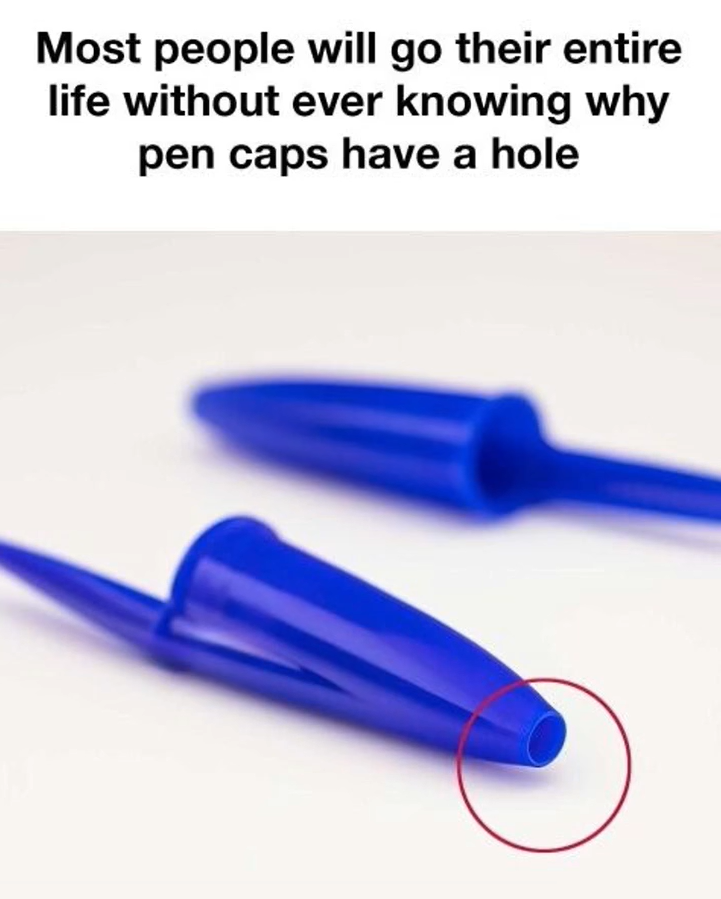We see pen caps every day, but few notice the small hole at the top—or realize why it’s there. This tiny feature is actually a smart design choice with big benefits. Originally, pen caps were created simply to protect the tip and keep ink from drying out. Over time, as pens became mass-produced, the design evolved. Today’s caps not only safeguard the pen but also include clips for convenience—and that little hole, which serves several important purposes.
Safety first: The main reason for the hole is to reduce choking risks. If someone accidentally swallows a pen cap, the hole allows air to pass through, lowering the chance of suffocation. Safety standards around the world now require this feature.
Smooth writing: The hole also acts as a pressure vent. Without it, changes in temperature or altitude could trap air inside, causing leaks or inconsistent ink flow. The vent keeps writing smooth and reliable.
Cost and manufacturing: Less plastic is needed when the cap has a hole, and the molding process becomes easier—important savings when millions are produced.
Design element: Some companies also use the hole to enhance aesthetics or branding.
So, while many think the hole is decorative, it’s actually a thoughtful detail that improves safety, function, and design. Next time you click a cap onto your pen, you’ll know it’s more than meets the eye.
